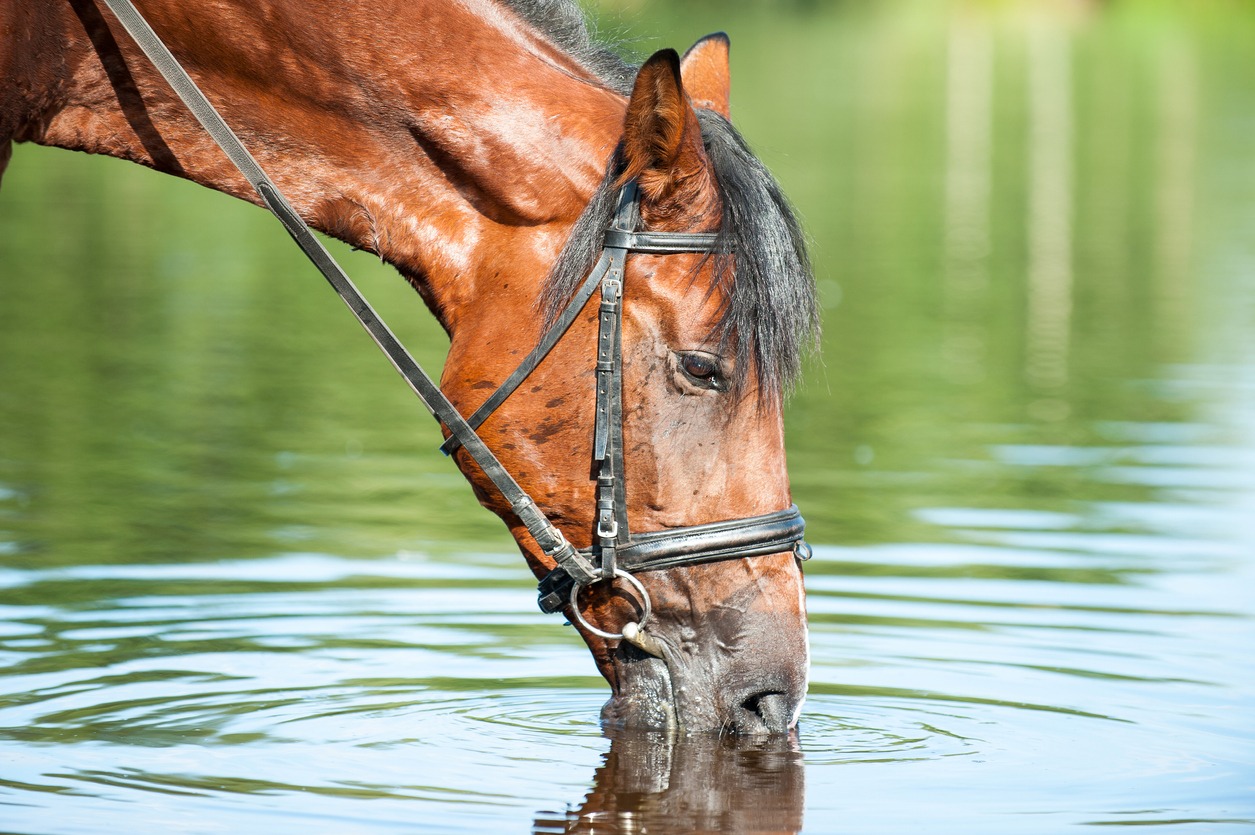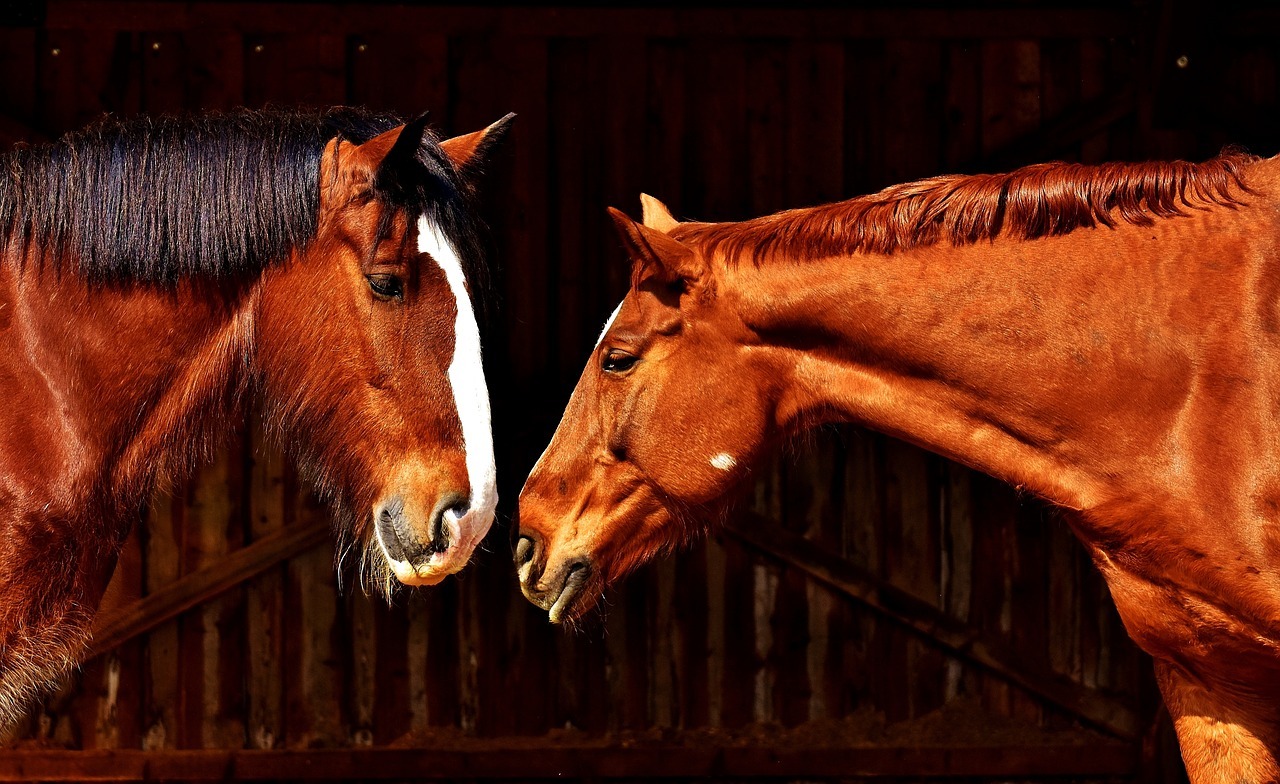For many horse and horseback riding enthusiasts, bringing home a new horse is always a big event. But like with other pets, having a new horse requires care and responsibility, whether you are new to owning and taking care of horses or are experienced already in it.
This includes providing the horse with proper food and drink, as well as good shelter – in this last regard, if you have not prepared a good stable for your horse, then it’s time that you should.
As you await your horse’s arrival, make the necessary preparations. Have a pasture ready for your horse before it comes to its new home. Make sure that the pasture is free from litter and dangerous objects (such as wires and sharp objects) that can otherwise injure your horse or harm its health. Also, remove poisonous weeds. Do not let your horse to graze in locations where there is a possibility of heavy pollution and contamination, such as the the area by the roadside.
It’s good if there’s a nearby running stream or a natural pond for your horse to drink. But in case of absence of a stream or a pond, you can set up an old tank or construct a trough – horses drink about a whopping eight to ten gallons of water a day, so make sure that you supply fresh and clean water every day.
Before your horse arrives, you have to get the basic equipment ready such as a lead rope, a halter, as well as grooming tools and supplies like a curry comb, a body brush, a mane brush or comb, as well as buckets for food and water. Food basically consists of hay, chaff, grain and pellets, as well as supplements (don’t forget them!).
These preparations will keep you occupied and amused as you wait for your horse’s arrival. Read more about horses on this article “Interesting Facts about Horses” as a way of knowing more about this amazing animal.
Preparing a stable or barn for the new horse
Of course, another one of the things you should consider before your horse arrives to its new home, is preparing a stable. You won’t be called a responsible horse owner if you can’t provide it with a shelter. If you don’t have a stable yet, then you should build one, preferably several days or even weeks or months in advance, depending on how many new horses you would like to take home. Building a stable requires a great deal of time, planning, effort and resources. You want only the best for your horse. So, following the proper steps and having the proper tools will enable you to build an ideal stable for your horse
1) Location – Finding a location to build a new stable is important. See to it that the location is well away from places that might be a big source of dust (such as the ones coming from grain dryers) or pollution. Make sure that the the area is clear of trees, as fallen leaves can block the drainage.
2) Long-term planning – You are more likely to consider to have long-term plans for your horse’s stable before proceeding to the actual building part. It’s a fact that people who own a horse tend to add more horses. For instance, if you own one or two horses, you may want to add a couple more stalls to your new horse stable.
3) Stable type – Decide on which type of horse stable will work best for you. There are typically two types:
- Interior column – consists of interior columns which hold up the rafters or beams (the ones which support the roof).
- Clear span – it has no interior columns to support the roof.
4) Space – Space is also important when building a new stable. When you’re at it, you might as well build a bigger stable and higher ceilings and wider alleyways – at least build a 12” x 12” stall and a 14′ aisleway — these dimensions are ideal to provide plenty of space for your horse to comfortably move around.
5) Flooring – What your horse will be standing on is a critical consideration when planning a new stable. Horses that are kept inside have to stand still for long periods of time, which can put pressure on their legs. For this very reason, you have to choose the type of flooring carefully.
Floor upkeep is also a factor – some types of flooring are easier to clean and maintain than others. Concrete flooring is perhaps the most common type for stables – it is relatively inexpensive, durable, easy to maintain and resistant to damage. Textured concrete flooring is the most ideal for the stalls and aisles, as it also reduces the chances of slipping. This type of flooring is often covered with rubber mats for additional hoof comfort.
6) Wash stall – Allot a space to build a wash stall to clean and bathe your horse. In the wash stall, have an overhead hose as well as a hot/cold water system installed. A concrete flooring covered with a rubber mat is the ideal surface for this particular area.
7) Tack room – A tack room is a usual feature in horse barns and stables. This is where you can have immediate access to horse gear and equipment such as saddles, bridles, grooming tools, etc. and your own riding gear such as boots and helmets. Several tack rooms go beyond their basic function – some of them are really gorgeous and even feature a mini living room, washroom and/or kitchen.
8) Ventilation – Adequate airflow for the stable is also critical. Install fans and ventilation systems to maintain good air quality and to keep your horse healthy and happy.
9) Doors and windows – A sliding door is the best and most practical stable door option. It saves space and creates a less “creaky” noise which may otherwise disturb your horse. Add windows to let the natural daytime light into the stable.

